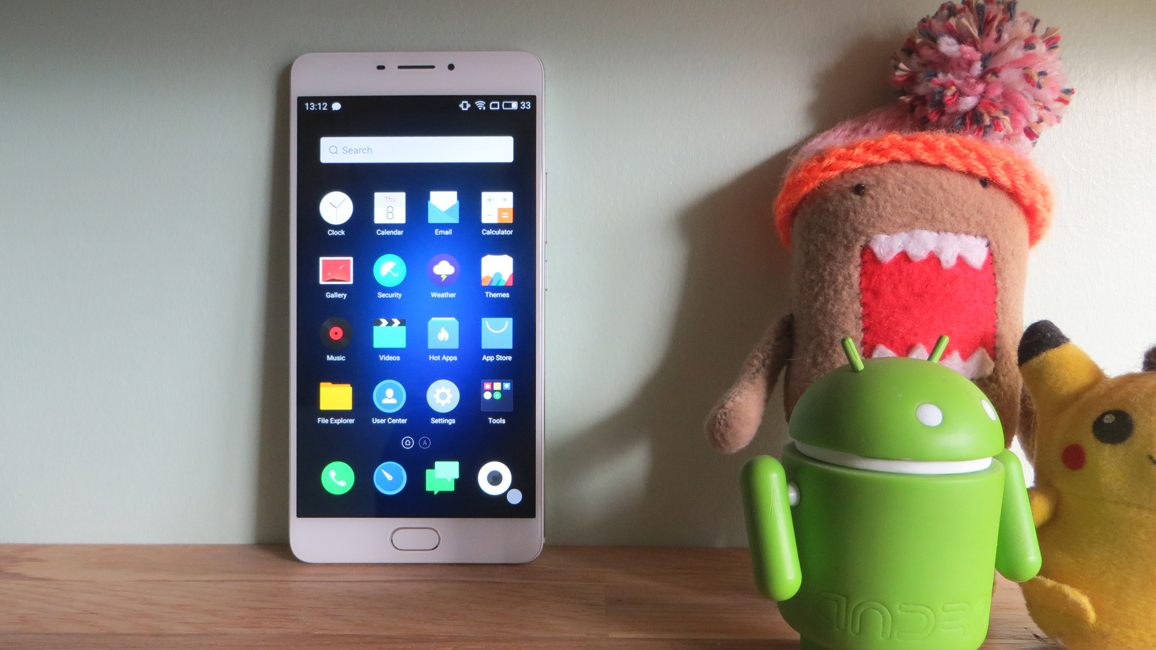Why you can trust TechRadar
Verdict
As one of the first Meizu handsets to be officially available worldwide, we were keen to see whether the Meizu M3 Max, which on the face of it offers great value for money, could deliver.
And in many respects the M3 Max positively snaps at the heels of phones more than double the price; in others, however, the corners that have been cut in order to make this phone cost much less than you might expect are shamefully apparent.
Though many of the design cues have been brazenly borrowed from the prettiest handsets around today, these elements are put together without any fanfare, making the M3 Max feel like just another 2016 handset.
It’s a bit of a shame, as the phone has a good screen, and feels solid and genuinely well built – we just wish Meizu had added some style of its own.
One of the biggest sticking points is the slightly unusual Flyme OS, which – despite being pretty to look at – feels a little half-baked and lacking in features, as Google’s widely-used suite of apps is not immediately available.
Performance is perfectly acceptable, and while the camera was a bit of a disappointment it would be foolhardy to expect all-out flagship performance for such a budget price.
Why should you buy it?
The Meizu M3 Max is for bargain hunters who value screen real estate over almost anything else. If you’re looking for a half-way house between a smartphone and a tablet, this is one of the best-value choices around.
If you're looking for a handset that delivers a suitably whopping screen, decent battery life and a solid build quality, the Meizu M3 Max should definitely be on your shortlist.
Phablet alternatives such as the Huawei Mate 9 and iPhone7 Plus are around three times the price, so if you can forgo a few features such as NFC and a top-rated camera, you’re still getting a lot of phone for your money.
Why shouldn’t you buy it?
Simply put, the M3 Max isn’t the complete package. You most certainly get a lot of phone for your money, but compare it to the competition and you’ll always be left feeling you’ve missed out on something along the way.
Look beyond the price and you’ll find a phone with a mediocre camera, confusing software and a design that while solid, feels totally uninspired.
The Meizu M3 Max is a well-built phone for a highly-affordable price, but if your budget allows, there are some other oversized smartphones we would recommend you consider. The following are three of the best…
Huawei Mate 9

Huawei has packed everything you might desire from a phone into the Mate 9, but packaged in a way you probably haven’t considered before.
With a 5.9-inch screen and similar-sized battery to the M3 Max, this powerful device is a good option. Unlike the Samsung Galaxy Note 5 it doesn't come with a stylus, but apart from that it excels in terms of all the other features you’d expect from a phablet.
- Read our Huawei Mate 9 review
iPhone 7 Plus

If you’re looking for a full-fat smartphone in iOS flavour, the iPhone 7 Plus is the best option for you. A 5.5-inch screen, powerful A10 processor and a range of storage options make this the ultimate phablet.
It doesn’t have a headphone jack, but it does boast good battery life, and comes with a dual-lens camera that can take shots every bit as good as those you’ll get from the Huawei Mate 9.
The biggest difference? The eye-watering price starts at £719 ($769, AU$1,229) for the 32GB option, and goes up to £919 ($969, AU$1,569) for the top-end 256GB models.
- Read our iPhone 7 Plus review
Samsung Galaxy S7 Edge

The Samsung Galaxy S7 Edge may not be quite as large as the Meizu M3 Max, but what it lacks in overall dimensions it makes up for in features. It’s positively stacked with clever technology, looks absolutely superb, and is waterproof too.
The gorgeous QHD screen wraps around the edges, making the bezels almost invisible, while the battery life, camera and speed are up there with the best money can buy.
If you want a sizeable smartphone that doesn’t skimp, this is the one to have.
- Read our Samsung Galaxy S7 Edge review
